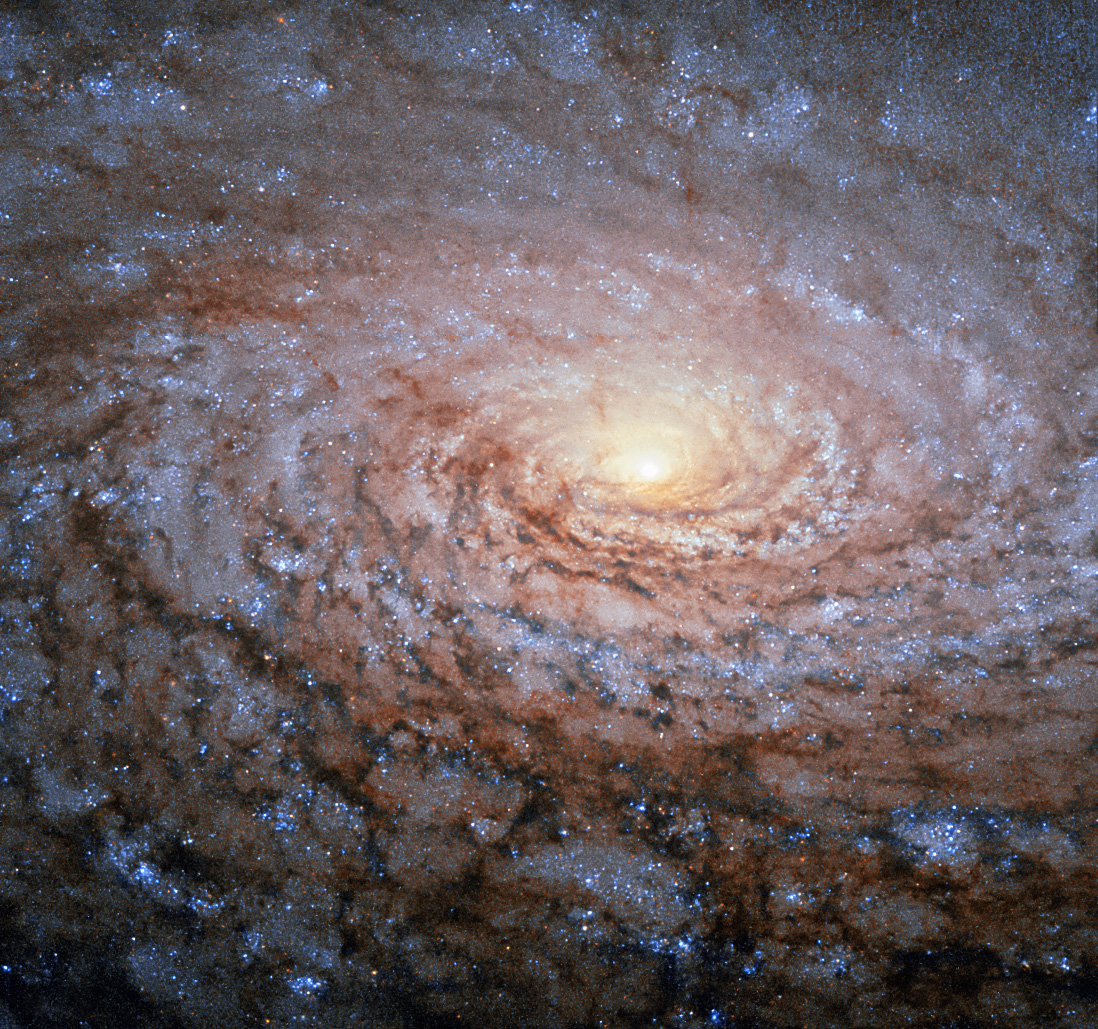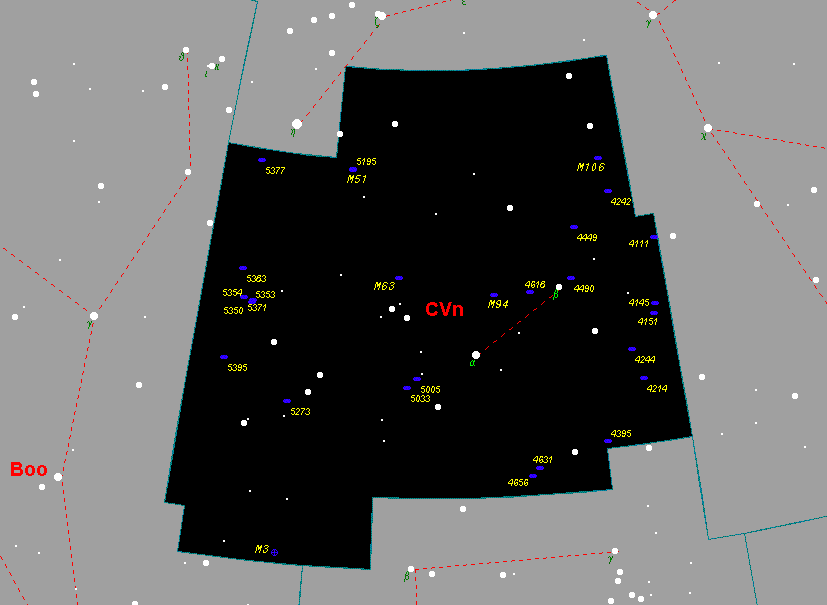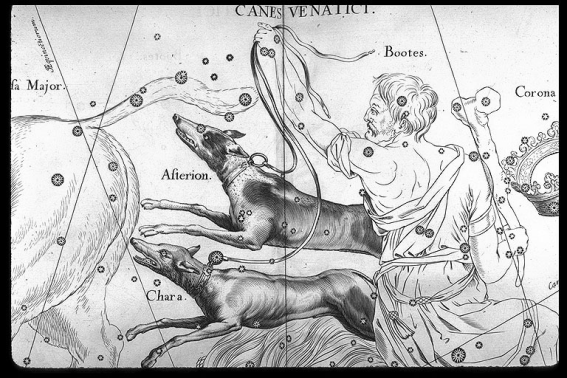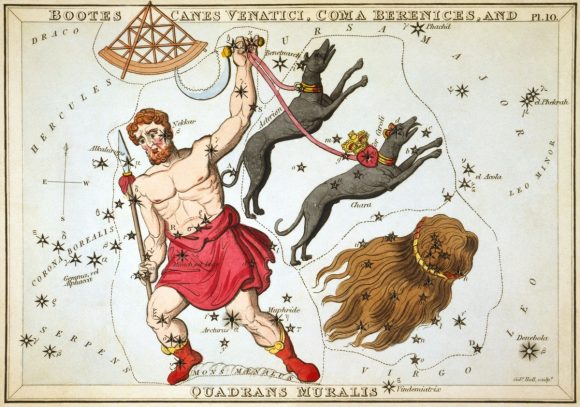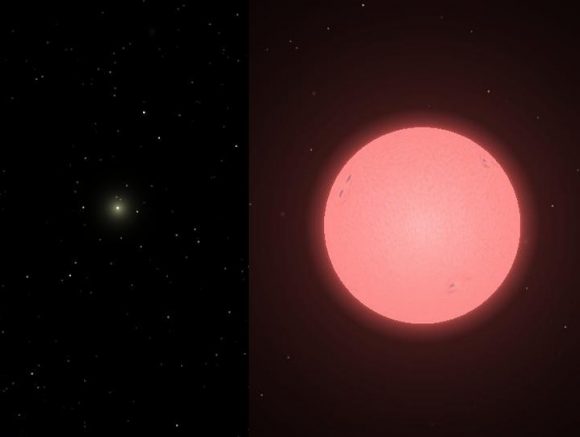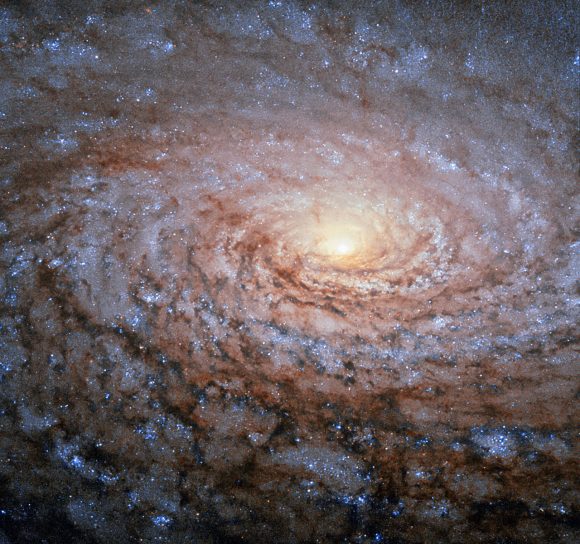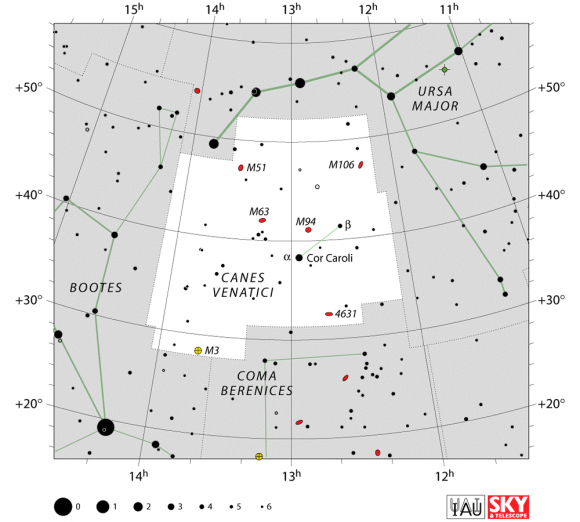Welcome back to Messier Monday! Today, we continue in our tribute to our dear friend, Tammy Plotner, by looking at the “Sunflower Galaxy”, otherwise known as Messier 63.
In the 18th century, while searching the night sky for comets, French astronomer Charles Messier kept noting the presence of fixed, diffuse objects he initially mistook for comets. In time, he would come to compile a list of approximately 100 of these objects, hoping to prevent other astronomers from making the same mistake. This list – known as the Messier Catalog – would go on to become one of the most influential catalogs of Deep Sky Objects.
One of these objects is the spiral galaxy known as Messier 63 – aka. the Sunflower Galaxy. Located in the Canes Venatici constellation, this galaxy is located roughly 37 million light-years from Earth and has an active nucleus. Messier 63 is part of the M51 Group, a group of galaxies that also includes Messier 51 (the ‘Whirlpool Galaxy’), and can be easily spotted using binoculars and small telescopes.
Description:
Messier 63 is what is known as a a flocculent spiral galaxy, consisting of a central disc surrounded by many short spiral arm segments – one not connected by a central bar structure. Drifting along in space some 37,000 light years from our own galaxy, we known it interacts gravitationally with M51 (the Whirlpool Galaxy) and we also know that its outer regions are rotating so quickly that if it weren’t for dark matter – it would rip itself apart.
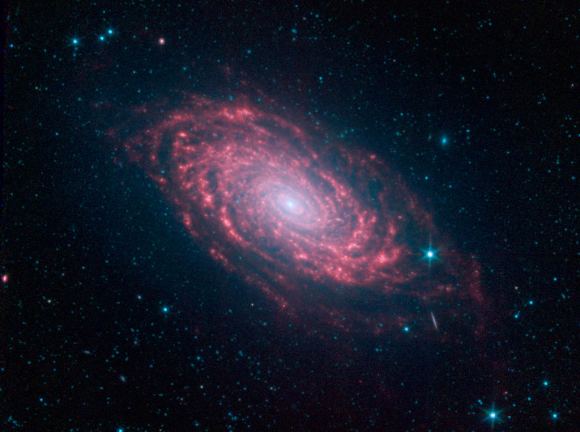
As Michele D. Thornley and Lee G. Mundy, of the Maryland University Department of Astronomy, indicated in a 1997 study:
“The morphology and inematics described by VLA observations of H I emission and FCRAO and Berkeley-Illinois-Maryland Association (BIMA) Array observations of CO emission provide evidence for the presence of low-amplitude density waves in NGC 5055. The distribution of CO and H I emission suggests enhanced gas surface densities along the NIR spiral arms, and structures similar to the giant molecular associations found in the grand design spirals M51 and M100 are detected. An analysis of H I and H? velocity fields shows the kinematic signature of streaming motions similar in magnitude to those of M100 in both tracers. The lesser degree of organization along the spiral arms of NGC 5055 may be due to the lower overall gas surface density, which in the arms of NGC 5055 is a factor of 2 lower than in M100 and a factor of 6 lower than in M51; an analysis of gravitational instability shows the gas in the arms is only marginally unstable and the interarm gas is marginally stable. The limited extent of the spiral arm pattern is consistent with an isolated density wave with a relatively high pattern speed.”
There very well could be a massive object hidden within. As Sebastien Blais-Ouellette of the Universite de Montreal said in a 1998 study:
“In a global kinematical study of NGC 5055 using high resolution Fabry-Perot, intriguing spectral line profiles have been observed in the center of the galaxy. These profiles seem to indicate a rapidly rotating disk with a radius near 365 pc and tilted 50 deg with respect to the major axis of the galaxy. In the hypothesis of a massive dark object, a naive keplerian estimate gives a mass around 10^7.2 to 10^7.5 M.”
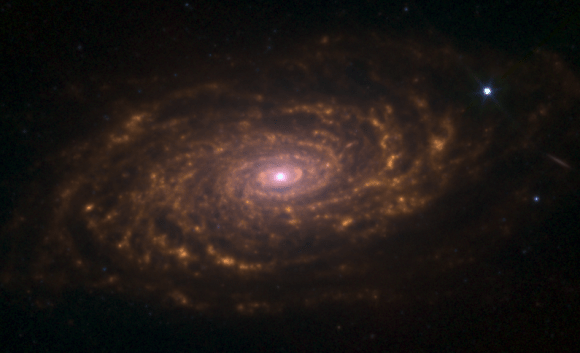
But that’s not all they’ve found either… How about a lopsided, chemically unbalanced nucleus! As V.L. Afanasiev (et al) pointed out in their 2002 study:
“We have found a resolved chemically distinct core in NGC 5055, with the magnesium-enhanced region shifted by 2″.5 (100 pc) to the south-west from a photometric center, toward a kinematically identified circumnuclear stellar disk. Mean ages of stellar populations in the true nucleus, defined as the photometric center, and in the magnesium-enhanced substructure are coincident and equal to 3-4 Gyr being younger by several Gyr with respect to the bulge stellar population.”
Yep. It might be beautiful, but it’s warped. As G. Battaglia of the Kapteyn Astronomical Institute indicated in a 2005 study:
“NGC 5055 shows remarkable overall regularity and symmetry. A mild lopsidedness is noticeable, however, both in the distribution and kinematics of the gas. The tilted ring analysis of the velocity field led us to adopt different values for the kinematical centre and for the systemic velocity for the inner and the outer parts of the system. This has produced a remarkable result: the kinematical and geometrical asymmetries disappear, both at the same time. These results point at two different dynamical regimes: an inner region dominated by the stellar disk and an outer one, dominated by a dark matter halo offset with respect to the disk.”
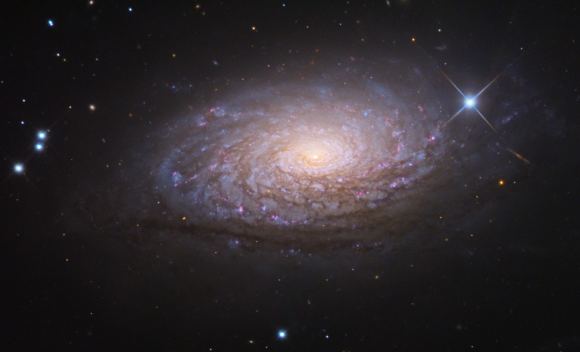
History of Observation:
Messier Object 63 was the very first discovery by Charles Messier’s friend and assistant Pierre Mechain, who turned it up on June 14, 1779. While Mechain himself did not write the notes, Messier did:
“Nebula discovered by M. Mechain in Canes Venatici. M. Messier searched for it; it is faint, it has nearly the same light as the nebula reported under no. 59: it contains no star, and the slightest illumination of the micrometer wires makes it disappear: it is close to a star of 8th magnitude, which precedes the nebula on the hour wire. M. Messier has reported its position on the Chart of the path of the Comet of 1779.”
Messier 63 would go on to be observed and resolved by Sir William Herschel and cataloged by his son John. It would be descriptively narrated by Admiral Symth and exclaimed over by many astronomers – one of the best of which was Lord Rosse: “Spiral? Darkness south flowing nucleus.” Of all the descriptions, perhaps the best belongs to Curtis, who first photographed it with the Crossley Reflector at Lick Observatory: “Has an almost stellar nucleus. The whorls are narrow, very compactly arranged, and show numerous almost stellar condensations.”
Locating Messier 63:
The beautiful Sunflower Galaxy is among one of the easiest of the Messier objects to find. It’s located almost precisely between Cor Caroli (Alpha Canes Venetici) and Eta Ursa Majoris. With the slightest of optical aid, stars 19, 20 and 23 CnV will show easily in finderscope or binoculars and M63 will be positioned right around two degrees away towards Eta UM.
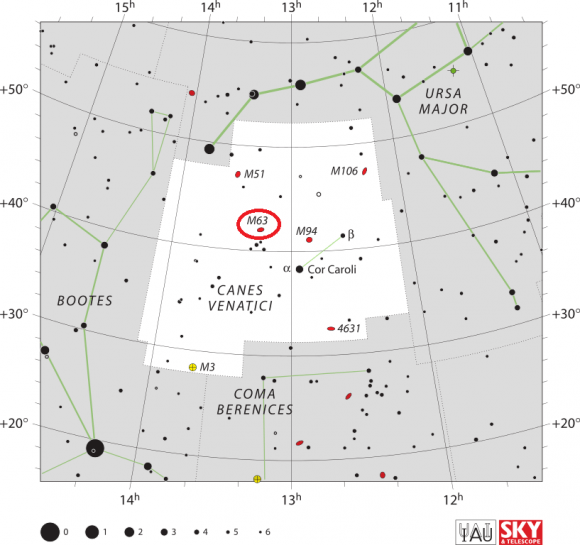
While this spiral galaxy has a nice overall brightness, it’s going to be very faint for binoculars, only showing as the tiniest contrast change in smaller models. However, even a modest telescope will easily see a faint oval shape with a concentrated nucleus. The more aperture you apply, the more details you will see. As size approaches 8″ and larger, expect to see spiral structure!
Power up… And look for the spiral in the Sunflower!
Object Name: Messier 63
Alternative Designations: M63, NGC 5055, Sunflower Galaxy
Object Type: Type Sb Spiral Galaxy
Constellation: Canes Venatici
Right Ascension: 13 : 15.8 (h:m)
Declination: +42 : 02 (deg:m)
Distance: 37000 (kly)
Visual Brightness: 8.6 (mag)
Apparent Dimension: 10×6 (arc min)
We have written many interesting articles about Messier Objects here at Universe Today. Here’s Tammy Plotner’s Introduction to the Messier Objects, M1 – The Crab Nebula, and David Dickison’s articles on the 2013 and 2014 Messier Marathons.
Be to sure to check out our complete Messier Catalog. And for more information, check out the SEDS Messier Database.
Sources:

